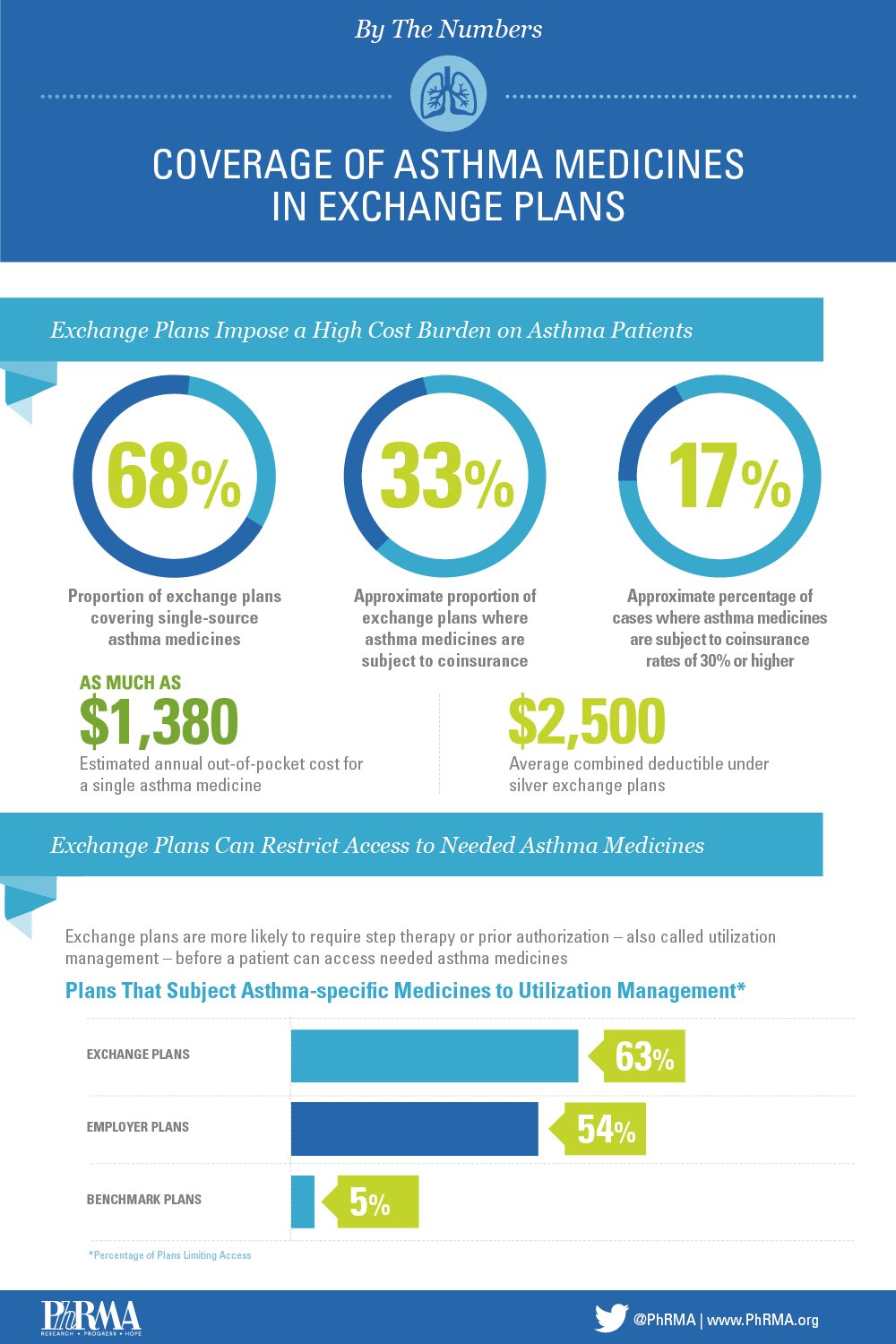According to the Centers for Disease Control and Prevention, asthma is the leading chronic illness among American children and adolescents, with one in 11 children affected by the condition. As a result, it is important to make sure young people, and all affected by the condition, have access to necessary treatment to manage their condition and experience life like anyone else. As Samantha, a young girl diagnosed with asthma at age six noted, “I do what I need to do in order to stay as healthy as I can.”

But what if children like Samantha don’t have access to needed medicines? It not only means that she can’t live a normal life, but it also can be the difference between a deadly attack or a minor shortness of breath.
All parents want to provide their children with everything they need to live healthy lives, but the health insurance exchange plans under ACA may put access to needed medicines out-of-reach. Prescription medicines under many silver and bronze exchange plans are subject to a single deductible (medical and prescription medicine) that average $2,500 in silver plans and $4,300 in bronze plans. With cost sharing for just one asthma medicine reaching as much as 30 percent, an individual may have to pay $1,380 annually to fill a single asthma prescription. Given the deductible may never be reached for some, the total cost for needed medicines will likely need to be paid out-of-pocket.
Access to essential treatments is critical to managing asthma because it encourages adherence. In 2009, one in five children with asthma went to the emergency room for asthma-related care. Emergency room visits are traumatizing for children and put a large financial burden on the health care system. By adhering to prescription regimens, these attacks can be reduced. But without access, the risk for attacks significantly increases.
With so many Americans, specifically children, dealing with asthma in their everyday lives, this issue of access must remain top-of-mind as we continue to learn what the new health insurance exchanges mean for patients with chronic illnesses. Be sure to follow our series on The Catalyst, Twitter and Facebook and take a look at our new fact sheets.




